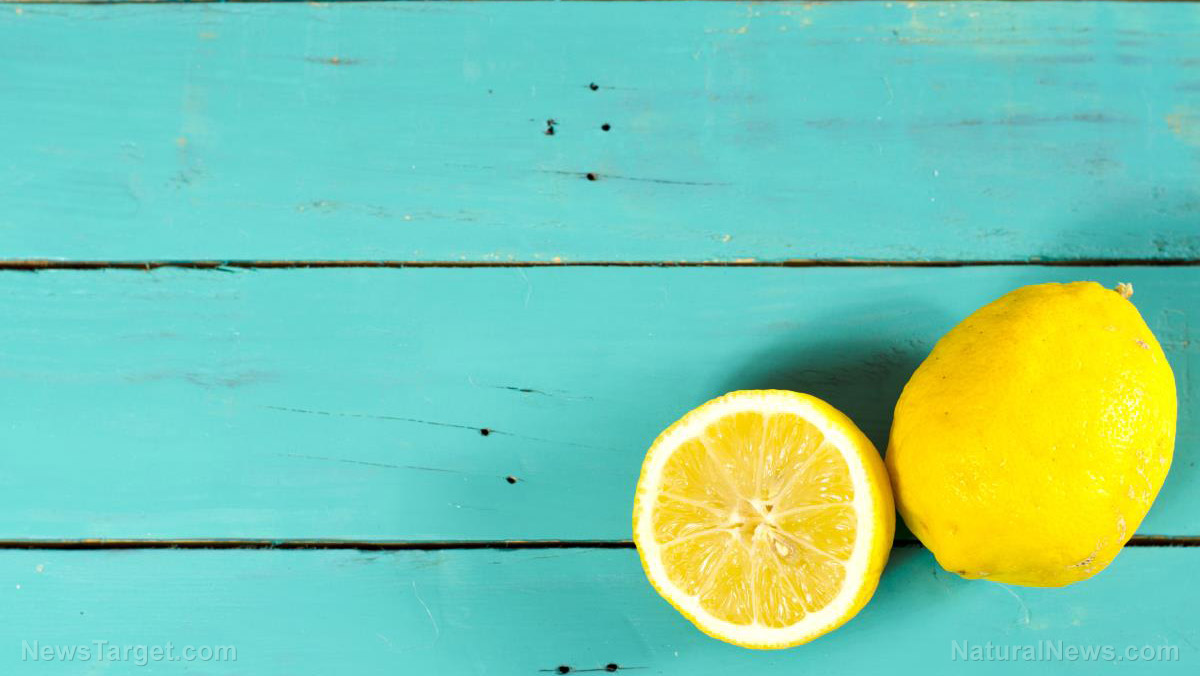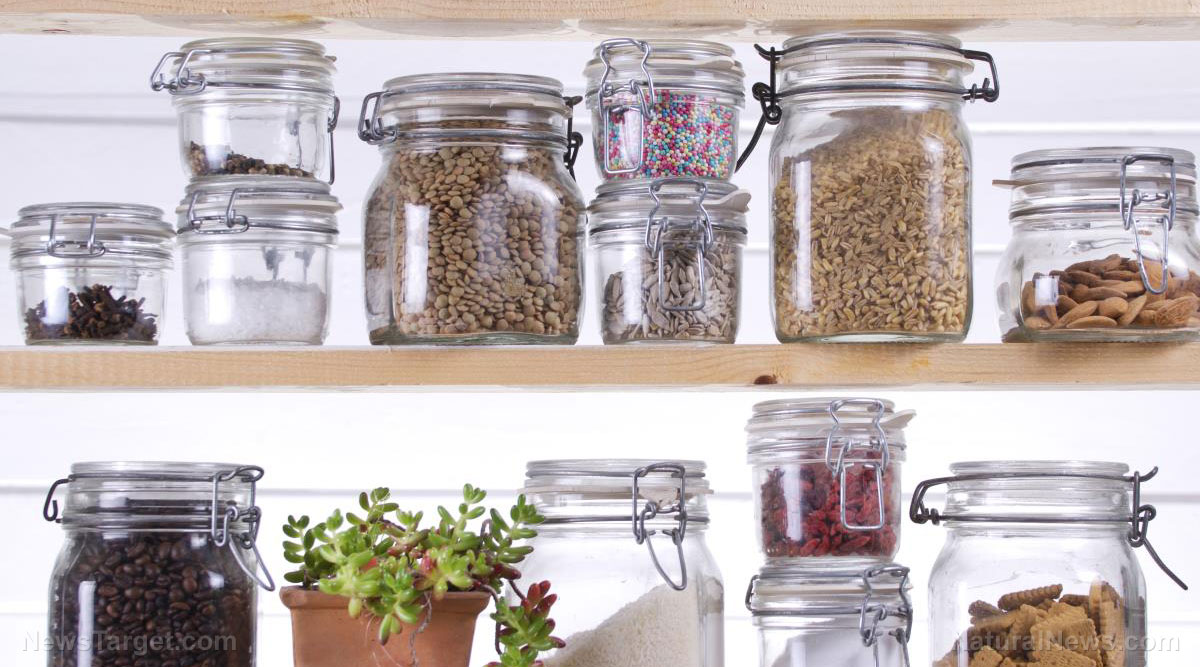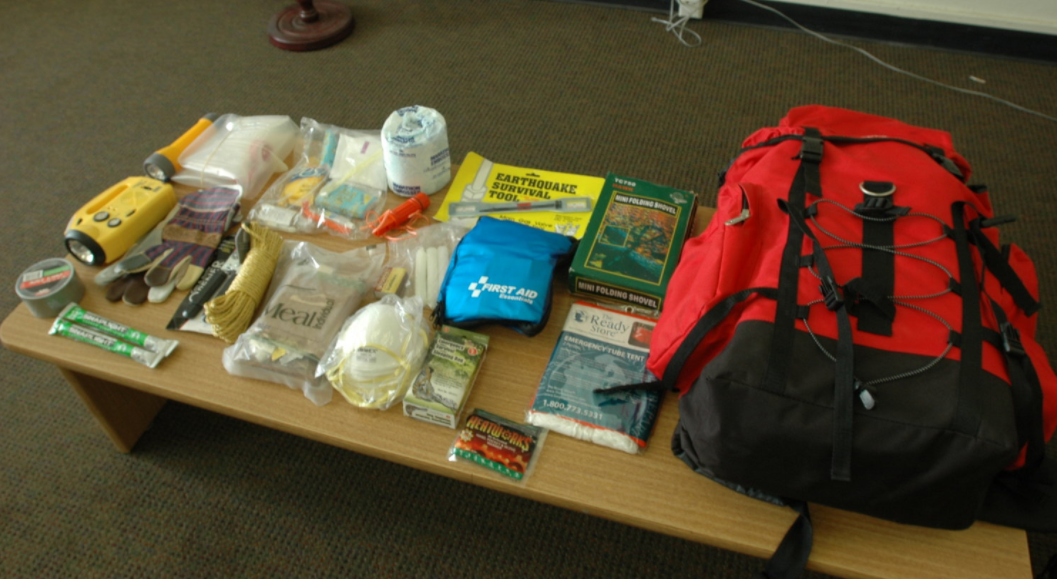Natural ways to remove limescale buildup in your home
12/03/2018 / By Zoey Sky

Limescale (calcium carbonate) often forms in pipes, sinks, or toilets. A chalky buildup of limescale can be difficult to remove, and it may take more than regular household cleaning utensils and chemicals to get rid of this thick residue. If you’re looking for natural remedies for limescale, here are some alternatives to cleaning products that may contain harmful chemicals.
When addressed immediately, a faucet or bathtub with a first layer or limescale can be cleaned with some warm water and soap. Scrub well to get rid of the chalky residue.
Next, apply natural acids like pure lemon juice or white vinegar. These acids can help break the limescale down before you resort to other methods. After you apply the lemon juice or vinegar, use a soft bristled brush to clean the surface. Wipe the area before you move on to the next step. (Related: 7 Easy alternatives to toxic household cleaning products.)
If you’re trying to clean a particularly stubborn buildup of limescale on faucets, soak some washcloths or paper towels in pure lemon juice or white vinegar then attach it to fixtures with rubber bands. To get rid of limescale on a bathtub, let the washcloths sit on the edges of the tub for about one hour before you start scrubbing. Once the limescale is dissolved, wipe the lemon juice or vinegar with a soft cloth. Rinse with clear water or repeat if necessary.
To clean coffee and teapots with limescale, fill the pots with a mixture of vinegar and water. You can let the mixture boil and sit for one day before cleaning. The next day, remove the vinegar mixture from the pots. Rinse the coffee and teapots, then combine cream of tartar and a baking soda and water paste to scrub the limescale. If you don’t have baking soda, use some borax instead.
To remove limescale buildup in a toilet, pour a lot of vinegar into the bowl then let it soak for at least 30 minutes. If the limescale is thick, let the vinegar soak overnight. Put some vinegar in a spray bottle, then spray some vinegar under the toilet rim as well. Once the limescale has softened, use a toilet brush to scrub it off. Flush several times to remove all of the limescale gunk in the toilet.
If your shower head is covered with limescale, fill a glass bowl with white vinegar. Remove the showerhead, place it in the bowl, and let it soak in the vinegar overnight. Rinse the shower head with water. If the shower head isn’t removable, fill a freezer bag halfway with vinegar, put the shower head in, and use a rubber band to hold the bag in place.
What is limescale?
Limescale is a white residue that builds up on surfaces that have regular contact with water. It either forms as a light covering or a tough off-white crust.
Limescale is a deposit that’s left behind in areas where “hard water” is used. Hard water is water that has very high levels of dissolved minerals. These minerals are collected in the water when it runs over soft, spongy rocks, such as chalk or limestone. Calcium or magnesium carbonate minerals are dissolved in hard water. Meanwhile, “soft water” is purer since it runs through stronger rocks that do not absorb a lot of these minerals.
When water is left to dry on surfaces, limescale is formed. Even if the actual liquid evaporates, the minerals in the water are left behind, and they solidify on surfaces. This leaves the limescale residue that can sometimes be very difficult to remove.
You can read more articles about other natural cleaning methods and products like lemon juice or vinegar at GreenLivingNews.com.
Sources include:
Tagged Under: Baking Soda, Borax, cleaning products, DIY, DIY limescale remover, green living, home cleaning, how-to, lemons, lime scale, limescale, natural cleaning products, non-toxic cleaning products, remedies, White Vinegar



















